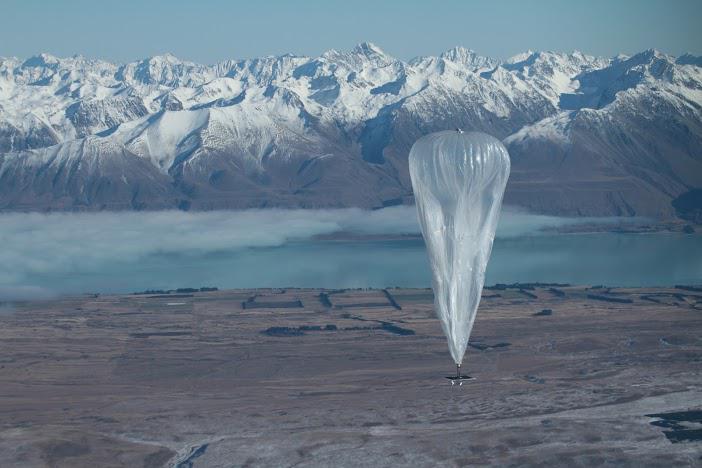The latest project out of Google’s secretive X lab, which has previously come up with projects like Google Glass and self-driving cars, seems to have a particularly apt name for an idea that sounds more than a little bit crazy: Project Loon. The Internet giant has launched 30 balloons 12 miles into the stratosphere in a bid to test out a system that could provide Internet access to remote, poor or disaster-stricken areas. After 18 months’ work, Google released the balloons in New Zealand’s South Island this week and is currently testing the system that is supposed to deliver a connection of at least 3G cellular speeds. “The high-pressure balloons carry antennas, radios, solar-power panels and navigation equipment that talk to specialized antennas on rooftops below,” explains the Washington Post. “But they do not have motors, and their travel largely depends on wind patterns.”
The balloons float in the stratosphere around twice as high as airplanes but their exact altitude will be determined in “Loon Mission Control” that can steer them up or down to catch the right winds, notes CNN. Each balloon could provide coverage for an area of around 780 square miles, or about twice the size of New York City, explains the Associated Press. Anyone wanting to tap into the system must have a special receiver in their computer. While Google is not talking prices it has emphasized that the whole point is to make this cheaper than laying fiber cable.
The balloons are aimed at providing service in the Southern Hemisphere, illustrating how important South America and Africa are to Google’s future growth, analysts tell the Washington Post. If Google hopes to continue growing it needs to tap the two-thirds of the world’s population that is not connected to the Internet. “We are focused on an enormous problem, and we don’t think we have the one solution today,” Mike Cassidy, the director of Project Loon, said. “But we think we can help and start having a discussion on how to get 5 billion people in remote areas” online. Google appears to hope that the balloons will not only provide access to remote areas but also help bring down the price of Internet connections in regions where it is unaffordable to most, points out TechCrunch.
The challenge ahead is huge. Managing just one balloon is complex. “Trying to harmonize an entire fleet of thousands of them will be mind-boggling,” as the Associated Press notes in a helpful Q&A about the project.
